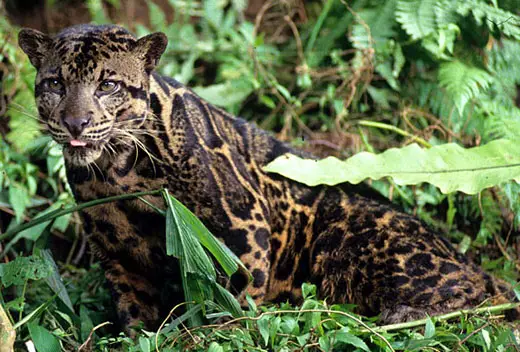Long-beaked Echidna
The Long-beaked Echidna is closely related to both the shot-beaked echidna and the duck-billed platypus. Long-beaked Echidnas share a unique trait with the platypus and short-beaked echidna in that they are mammals which lay eggs. Unfortunately the Lon-beaked Echidna is now classed as endangered due to loss of its forest habit through deforestation, mining and farming. Long-beaked Echidnas are instantly recognizable by their long snouts which make up two thirds of its head.
It is still to this day quite a mystery how these unique mammals evolved (including the platypus) as they differ greatly from most mammals, the most obvious reason being that they lay eggs rather than give birth to live a live litter or single offspring and it is believed that the Echidna have been this way for millions of years judging by fossil records.
The Long-beaked Echidna have no teeth but instead have a long spiny tongue which is used to hook prey out of difficult to reach areas and nests. The Long-beaked Echidna is a tough animal that is extremely proficient at digging. For protection the Long-beaked Echidna (and all other echidna) have spike similar to that of a hedgehog and also have spurs or spike on the back of their hind legs (platypus have spurs that contain venom) which they can use effectively to defend themselves.

Long-beaked Echidna night-time foraging
Long-beaked Echidnas are found in Indonesia, more specifically Papua New Guinea and can be found living in a variety of habits ranging from mountain ranges to dense forests. Although not much is known about the elusive Long-beaked Echidna it is believe that the Long-beaked Echidna is nocturnal and spends its days in the confines of its burrow, hollow logs or caves. The Long-beaked Echidna lives a lonesome life, only socializing with other Long-beaked Echidna in the mating season. Female Long-beaked Echidna can lay up to 6 eggs at a time which are kept in its pouch until they hatch. After hatching the young echidna will stay within the pouch for around 6 weeks before finally venturing out.
The Long-beaked Echidna come out to forage for food during the night and feed mostly on earthworms, insects, beetle larvae and occasionally termites. The Long-beaked Echidna hunts these insects with great skill and the spiny tongue works extremely well in scraping these insects and larvae from the confines of their nests with ease.



1. What non mammals give birth
2.Examples of reptiles that give birth